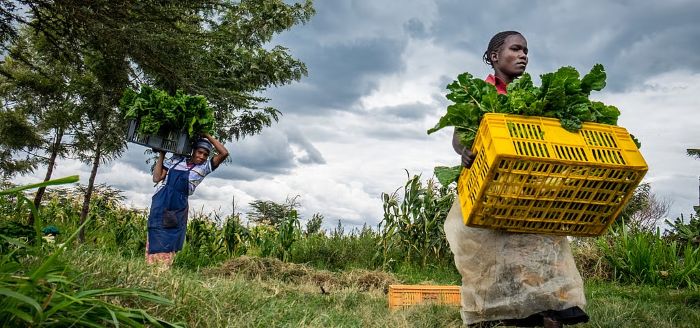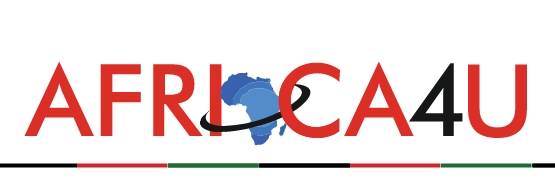(3 Minutes Read)
East Africa’s resilience to shocks may be explained by the region being home to some of the most diversified economies in Africa, with a growing share of manufactured goods in intra-regional trade and relatively strong regional trade penetration.
The African Development Bank Group (AfDB) has said that at least four countries-Ethiopia, Niger, Rwanda, and Senegal-may still see 7%+ growth, and 21 countries in total will see expansion in output exceeding 5% in 2025.
www.trendsnafrica.com reported recently the revised its projections of Africa’s GDP growth downwards over the next two years by 0.2 and 0.4 percentage points due to the “impact of subdued global economic activity.”
The multilateral institution now projects that the continent’s GDP will grow from 3.3% to 3.9% in 2025, and to 4% in 2026. The downward revisions are primarily due to the expected impact of the ongoing Washington-led global tariff war, which is expected to affect African exports and disrupt value chains.
The International Monetary Fund (IMF) in April 2025 downgraded global growth to 2.8% in 2025 and 3.0% in 2026,” the AfDB says in its 2025 African Economic Outlook
East Africa’s resilience to shocks may be explained by the region being home to some of the most diversified economies in Africa, with a growing share of manufactured goods in intra-regional trade and relatively strong regional trade penetration,” the AfDB explained.
Ethiopia, Rwanda, Djibouti, Uganda, and Tanzania are expected to average 6% or higher growth in 2025-26, supported by continued public investments to deepen domestic value chains in agriculture and domestic energy.
The institution expects that African countries could reverse the projected outlook by limiting the transmission of shocks and uncertainty to domestic economies. For it to be effective, though, economies will have to tame inflation, which will be hard because of the knock-on effects of tariffs and uncertainty-induced expectations of higher prices.
Read Also:
https://trendsnafrica.com/nigeria-commits-usd500-million-to-afdb/
Other interventions could include addressing structural weaknesses that constrain energy supply and increase supply-demand imbalances in food markets.





